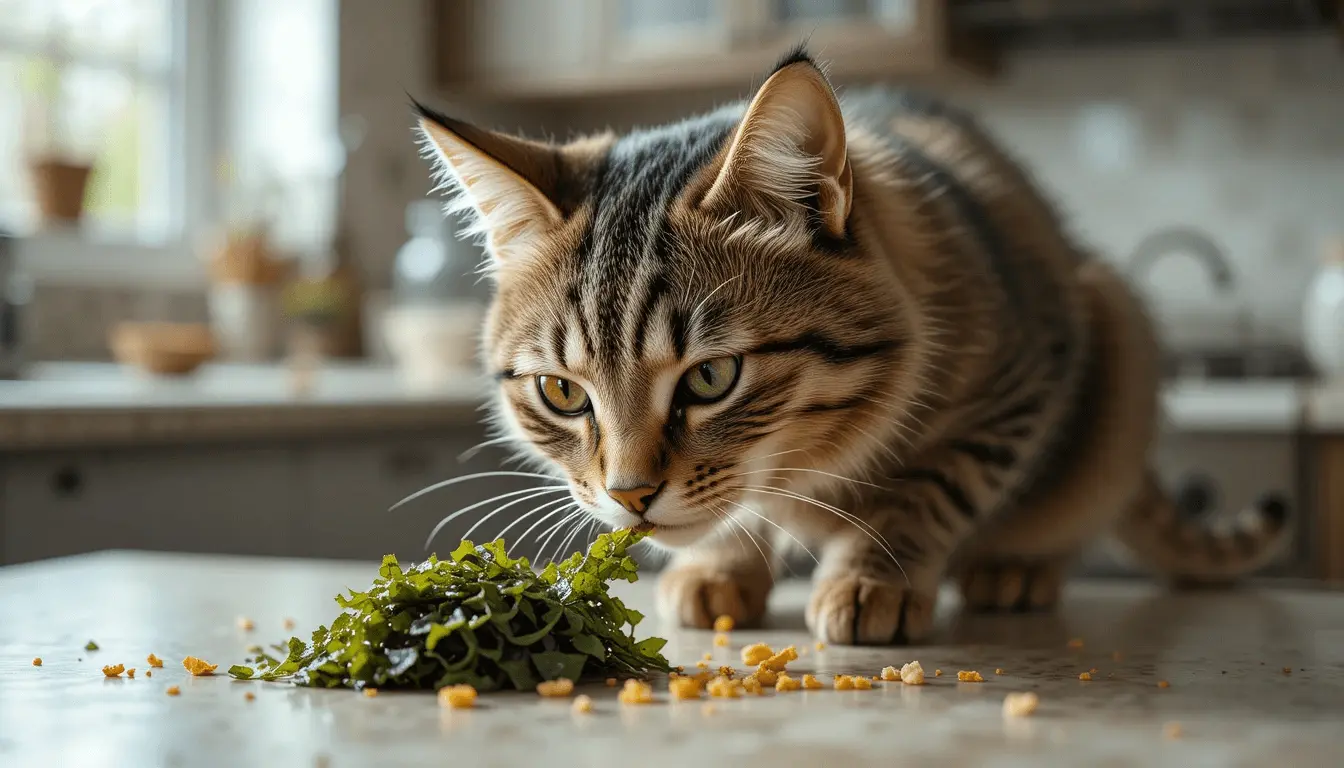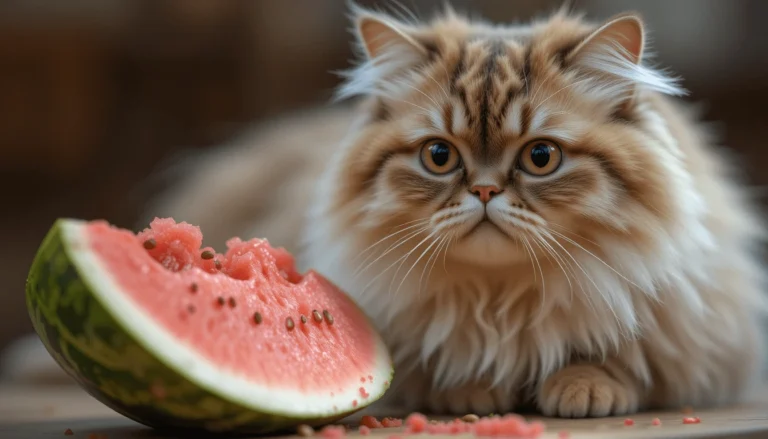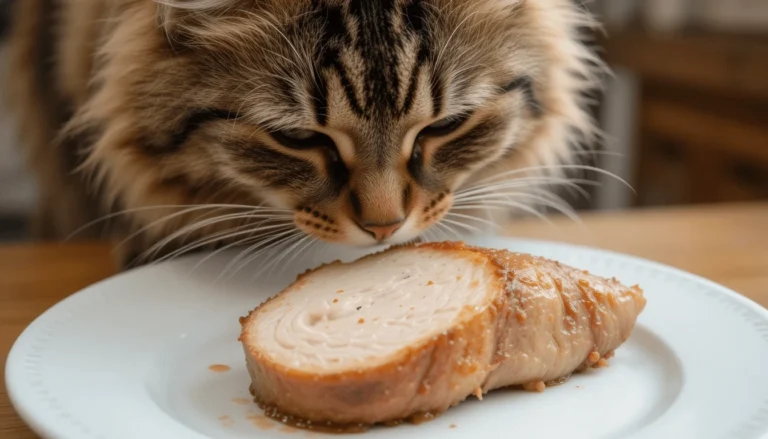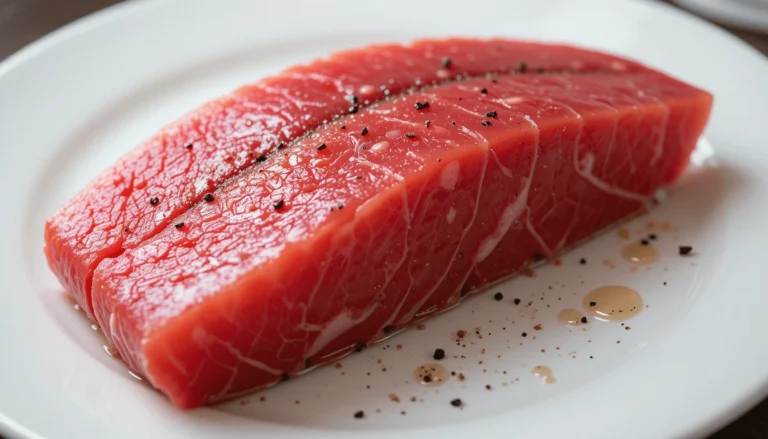Can Cats Have Seaweed? The Truth About This Marine Treat
Introduction
“As I sprinkled nori flakes over my sushi, my curious cat, Whiskers, pawed at the table, sniffing the unfamiliar green strips. ‘Can cats eat seaweed?’ I wondered, hesitating before sharing a tiny piece. Little did I know, some seaweed types could be harmful to felines. If you’ve ever caught your cat eyeing your seaweed snack, you’re not alone—but is it safe? Let’s dive into the risks, toxicity concerns, and healthier alternatives to satisfy your cat’s curiosity.”
Is Seaweed Safe for Cats? The Complicated Answer
Types of Seaweed Cats May Encounter
Not all seaweed is created equal. The most common varieties your cat might come across include:
- Nori – The dried, paper-like sheets used in sushi (generally safest in small amounts)
- Kelp – Often found in supplements; high in iodine
- Spirulina – A blue-green algae sometimes added to pet foods
- Dulse – A naturally salty red seaweed variety with a distinctive leathery chew
- Seasoned or flavored seaweed snacks – These often contain toxic additives
Potential Nutritional Benefits
In very small, controlled amounts, certain seaweeds may provide:
- Iodine – Supports thyroid function (but excess is dangerous)
- Fiber – Can aid digestion (though too much causes diarrhea)
- Omega-3s – Beneficial for skin and coat health
However, cats are obligate carnivores—they thrive on meat, not plant matter. While seaweed may offer some nutrients, it can never substitute the essential animal proteins that form the foundation of a cat’s diet.
Immediate Risks to Consider
Even “safe” seaweed can cause problems:
- High sodium content – Leading to dehydration or kidney strain
- Heavy metal contamination – Seaweed absorbs pollutants like arsenic and mercury
- Choking hazard – Dry seaweed expands when wet, risking blockages
A study by the ASPCA Animal Poison Control Center notes that while small amounts of plain nori are usually non-toxic, seasoned varieties often contain garlic and onion powder, which are highly toxic to cats.
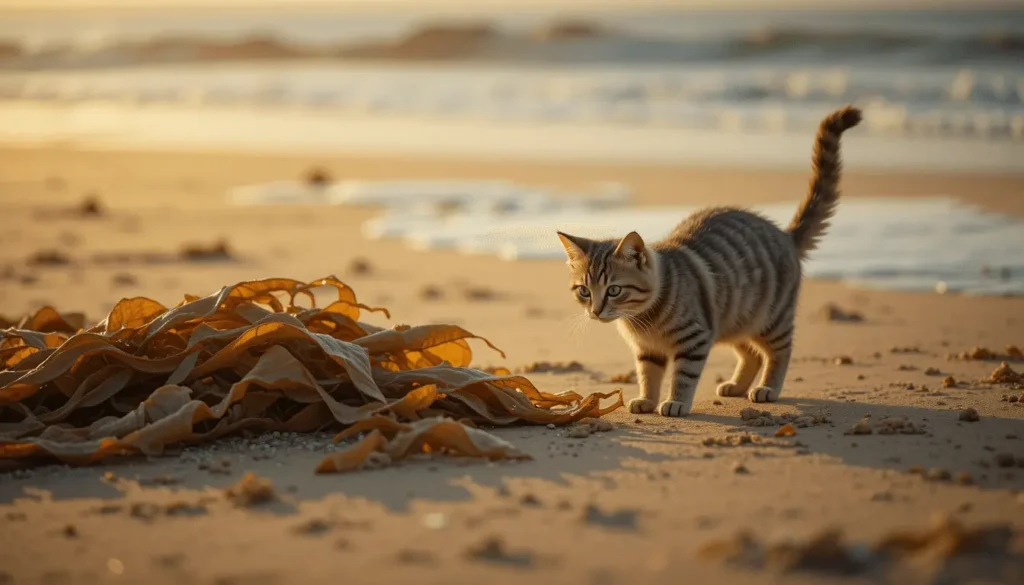
The Hidden Dangers of Seaweed for Cats
Iodine Overload and Hyperthyroidism
Cats are extremely sensitive to excess iodine, which can trigger hyperthyroidism—a condition affecting 10% of senior cats (Cornell Feline Health Center). Symptoms include:
- Rapid weight loss despite increased appetite
- Excessive thirst and urination
- Restlessness and vocalization
Digestive Upset and Blockages
Cats lack the enzymes to properly digest plant fibers. Consuming seaweed may lead to:
- Vomiting
- Diarrhea
- Potential for dangerous intestinal blockages (as dehydrated seaweed expands dramatically when wet)
Toxic Additives in Human-Grade Seaweed
Flavored seaweed snacks often contain:
- Garlic and onions (cause anemia in cats)
- Soy sauce (dangerously high in sodium)
- Artificial flavorings (potential allergens)
If your cat consumes flavored seaweed snacks, seek veterinary guidance without delay – even small amounts of certain seasonings can be dangerous.
Safe and Healthy Alternatives to Seaweed
Cat-Friendly Greens
If your cat enjoys chewing on greens, try:
- Wheatgrass – Aids digestion and helps with hairballs
- Catnip – A safe, stimulating alternative
- Spinach (in moderation) – Provides fiber without the risks
Commercial Treats with Seaweed Extracts
Some vet-approved pet foods include minimal, controlled amounts of seaweed for added nutrients. Look for:
- Limited iodine content
- No added salt or seasonings
- AAFCO-certified brands
Homemade, Nutrient-Rich Snacks
For a natural treat, offer:
- Plain cooked salmon or whitefish (unseasoned)
- Pumpkin puree (helps with digestion)
- Freeze-dried chicken bites (high-protein, low-risk)

Conclusion : Should Cats Eat Seaweed?
After exploring the risks and potential benefits, the safest answer is: seaweed isn’t worth the gamble for cats. While a tiny piece of plain nori likely won’t harm them, the dangers—iodine toxicity, digestive upset, and toxic additives—far outweigh any minor nutritional perks.
Instead of sharing your sushi wrap, consider healthier, feline-approved alternatives like freeze-dried meat treats or cat grass. Your cat’s body is designed for meat, not seaweed—so why take the risk?
Still curious about feline nutrition? Check out these trusted resources:
- Safe Or Not ? Cat Food Guide
- ASPCA’s Guide to Toxic and Non-Toxic Plants
- Cornell Feline Health Center on Hyperthyroidism
- FDA’s Warning on Heavy Metals in Seaweed Products
FAQs
What happens if my cat eats a little seaweed?
A small piece of plain, unseasoned nori may cause no issues, but monitor for vomiting, diarrhea, or lethargy. If your cat ate seasoned or large amounts, contact your vet immediately—especially if it contained garlic or onion.
Is seaweed in commercial cat food safe?
Some high-quality cat foods include minimal, purified seaweed extracts for added nutrients. These are processed to remove excess iodine and contaminants. Always check the ingredients and consult your vet if unsure.
Can cats eat seaweed snacks made for humans?
No. Human seaweed snacks often contain salt, garlic, onion, or MSG—all toxic to cats. Even “natural” flavors can be harmful.
My cat loves the smell of seaweed. Why?
Cats are drawn to umami-rich scents, and seaweed contains amino acids similar to those in meat. It doesn’t mean it’s good for them—just appealing!
Are there any seaweeds that are always unsafe?
Avoid kelp supplements (too much iodine) and wild seaweed (may contain pollutants or parasites). Stick to vet-approved treats instead.

